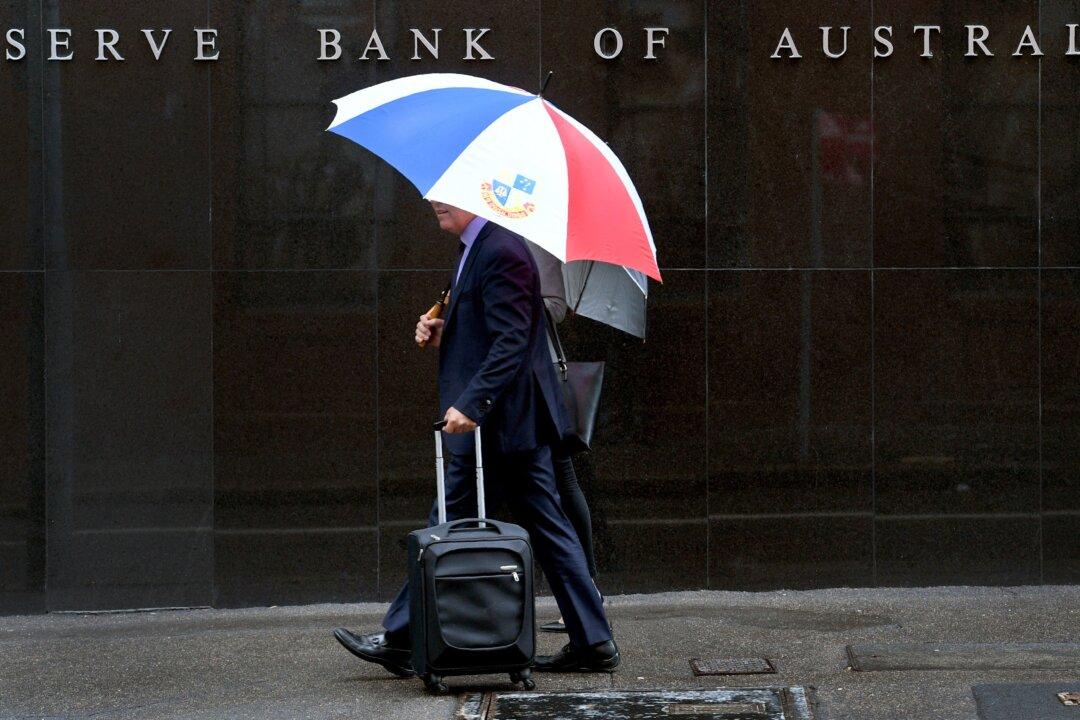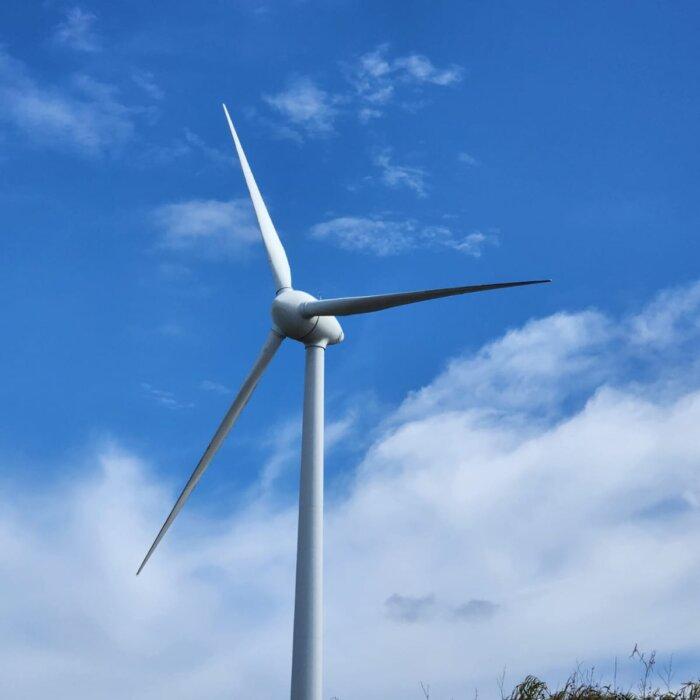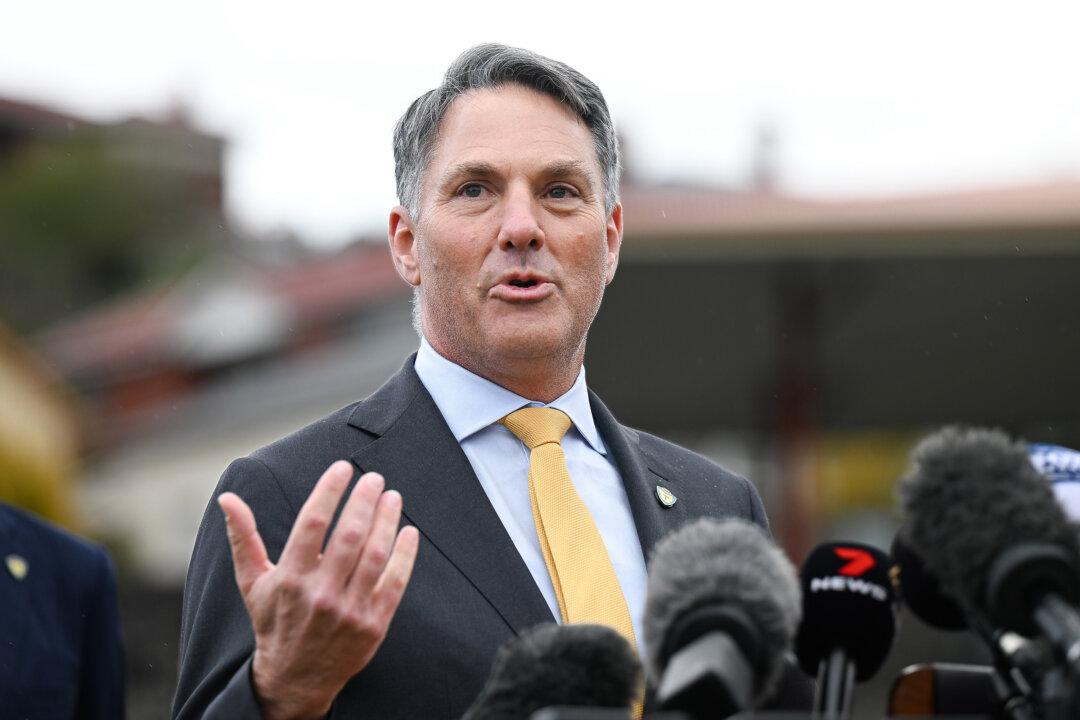Australian mortgage holders should not be banking on interest rate relief following surprisingly strong quarterly inflation data.
The March quarter consumer price index revealed lingering price pressures, especially for services such as education, health, rents and insurance, slimming the chance of interest rate cuts any time soon.
Fewer or no cuts in 2024 will delay much-needed home loan repayment relief by hundreds of dollars for many mortgage holders, according to numbers crunched by financial comparison site RateCity.
On a quarterly basis, inflation accelerated from 0.6 percent in the three months to December to rise one percent through to March, above the 0.8 percent consensus forecast.
Annually, inflation moderated further in March, from 4.1 percent to 3.6 percent, as against 3.5 percent pencilled in by forecasters.
The hotter-than-expected reading has prompted Westpac to push out its forecast for interest rate easing from September until November, bringing the bank’s economists in line with two of the big four, ANZ and NAB.
Commonwealth Bank still has September pencilled in for now but says the risks are skewed towards a November start.
Other forecasters are not expecting easing to begin until next year and there is also a diversity of views on how many cuts will be delivered - variables RateCity research director Sally Tindall says will impact borrowers hugely.
An average variable rate mortgage holder with a $500,000 (US$326,642) debt would have seen their repayments shrink by $226 a month by Christmas if the Reserve Bank chose to reduce the official cash rate at three meetings in 2024.
If only one 0.25 percentage point cut is delivered, the same mortgage-holder would land a significantly smaller $76 monthly reduction by year’s end.
Ms. Tindall said the stronger-than-expected inflation data served as a reminder not to budget around expected rate cuts.
“Borrowers banking on a handful of RBA rate cuts this year should shift their focus to making sure they can meet their current mortgage repayments for the remainder of 2024,” Ms. Tindall recommended.
The inflation update also accentuates the challenging economic climate facing the Albanese government as the finishing touches are put on its third federal budget.
With price pressures lingering and growth subdued, Deloitte Access Economics partner Stephen Smith said Treasurer Jim Chalmers would be treading a tightrope.
“[March quarter inflation data] underscores the difficulty of the high-wire act the treasurer must perform when handing down the budget next month, balancing the need to provide cost of living relief for households while positioning the Australian economy for a pivot to growth after months of inertia,” he said.
Mr. Smith said if the government fails to pivot to growth, investment and productivity would languish and undermine Australia’s medium-term prosperity.
For EY chief economist Cherelle Murphy, the longer wait for interest rate cuts would leave the government with little room to move.
“Any additional discretionary public spending will likely be read as unwarranted by a household sector hoping for rate cuts,” she said.







